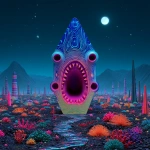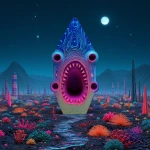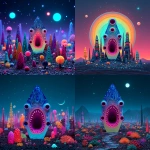Explore the Best AI Image Gallery
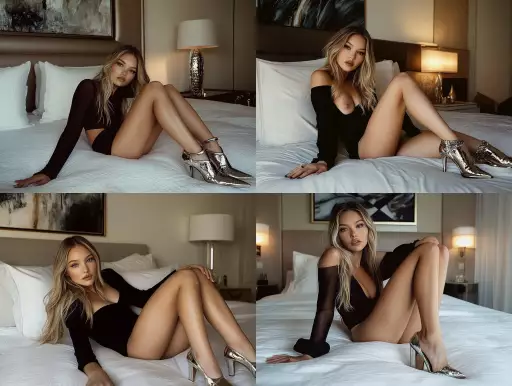
Pixels & Perception: AI-Generated Images and the Evolving Art World
The digital realm has long been a playground for artistic expression, but recent years have witnessed a seismic shift with the emergence of AI-generated images. These creations, born from complex algorithms trained on massive datasets of art and imagery, are pushing the boundaries of whats possible, challenging traditional notions of authorship, originality, and even the definition of art itself.
A New Creative Frontier
AI image generators, such as DALL-E 2, Midjourney, and Stable Diffusion, empower users to translate their thoughts and concepts into visual reality with astonishing precision. Simply by typing in a text prompt – be it a whimsical fantasy scene, a photorealistic portrait, or an abstract composition – these tools can conjure up stunningly detailed images that often surpass human capabilities in terms of technical execution.
This democratization of art creation opens up exciting possibilities:
- Democratization of Art: AI removes the barrier to entry for aspiring artists who may lack formal training or access to expensive tools. Anyone with an internet connection can now experiment and create, fostering a more inclusive and diverse artistic community.
- New Artistic Styles: AI algorithms can generate images in styles that are impossible for humans to replicate, leading to the emergence of entirely new aesthetic movements and pushing the boundaries of creative expression.
- Rapid Prototyping: In fields like design and advertising, AI can quickly generate multiple visual concepts, speeding up the creative process and allowing designers to explore a wider range of options.
Navigating the Ethical Landscape
While the potential benefits are undeniable, AI-generated images also raise significant ethical concerns:
- Authorship and Copyright: Who owns the copyright to an AI-generated image? The user who provided the prompt, the developer of the AI algorithm, or the AI itself? This legal gray area requires careful consideration and established guidelines.
- Bias and Representation: AI models are trained on existing data, which can reflect societal biases and stereotypes. This can result in AI-generated images that perpetuate harmful representations or reinforce existing inequalities.
- Misinformation and Deepfakes: The ability to create highly realistic images raises concerns about the potential for misuse, such as generating fake news, spreading propaganda, or creating convincing deepfakes that can damage reputations or incite violence.
Shaping the Future of Art
As AI technology continues to evolve at an unprecedented pace, its impact on the art world will only intensify. The future likely holds:
- Increased Collaboration: Well see more collaborations between artists and AI tools, where humans leverage AIs capabilities to enhance their creative process and explore new artistic frontiers.
- Evolving Definitions of Art: The lines between human-created and AI-generated art will continue to blur, prompting us to re-evaluate our understanding of creativity, originality, and the value of art itself.
- New Artistic Mediums: AI will undoubtedly give rise to entirely new artistic mediums and experiences, pushing the boundaries of whats possible and expanding our perception of art as a multifaceted and ever-evolving form of expression.
AI-generated images are not simply a technological novelty; they represent a profound shift in how we create, consume, and perceive art. Embracing this change while navigating its ethical complexities will be crucial for shaping a future where AI technology empowers artists and enriches our cultural landscape.
](https://images.ai-img.art/thumbnails/150/ebc95932b25c17607076ed8d2a4bafc85c3371cf3f2d45c35741505fe3c97de1.webp)

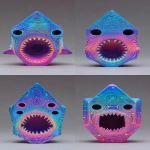
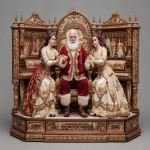

](https://images.ai-img.art/thumbnails/150/98325fa7102e81df81f1dba6df8df52929b4fa41b058192faf3c77cf94513ff7.webp)
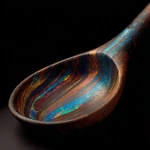



](https://images.ai-img.art/thumbnails/150/769518185300fcbda91b7bbf92b9007bc856379accd52eaf7983f9aec379e88e.webp)

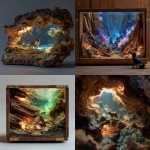
](https://images.ai-img.art/thumbnails/150/914cb18c03c97bdba2f290c0ec1573d5792bf399dbad7f484614764eb31f4c2f.webp)
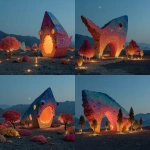
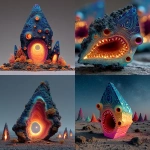
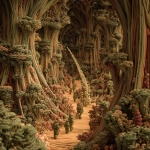
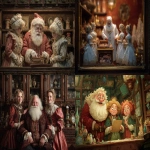
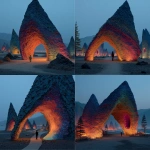
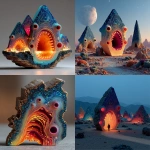

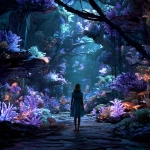
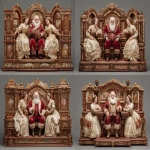

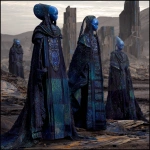

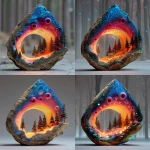
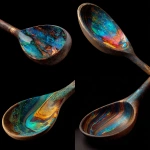
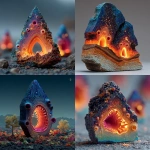
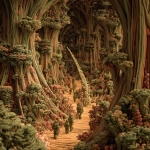

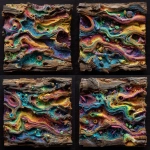

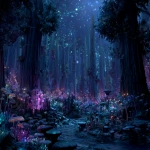
](https://images.ai-img.art/thumbnails/150/3b65287fef447a6ad61bcb18b5b9d03b6f6f74603ae0e058f81f4b91a3e02f36.webp)
](https://images.ai-img.art/thumbnails/150/7d9de60c58579b921ad140a9e1d752642452d5086b74a27d866e8af04608ed7d.webp)
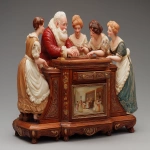
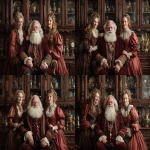
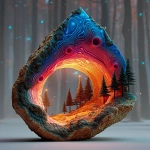
](https://images.ai-img.art/thumbnails/150/a31f622763ce0ecb2e76a907e566b81cfcc171e8d9b8b393f27681be24b6ca91.webp)

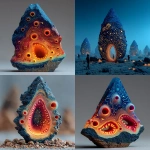
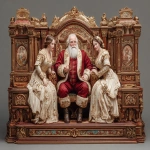
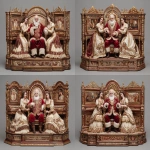
](https://images.ai-img.art/thumbnails/150/ac7218edd6198d49ed8d9853a5890595fc4d2a7a11c2e8a7ee8bcfbc7bfe265e.webp)
](https://images.ai-img.art/thumbnails/150/09314c003088f7174f747fa65105eca599e0842cf69e637ce4c98ebefd3f50ab.webp)
